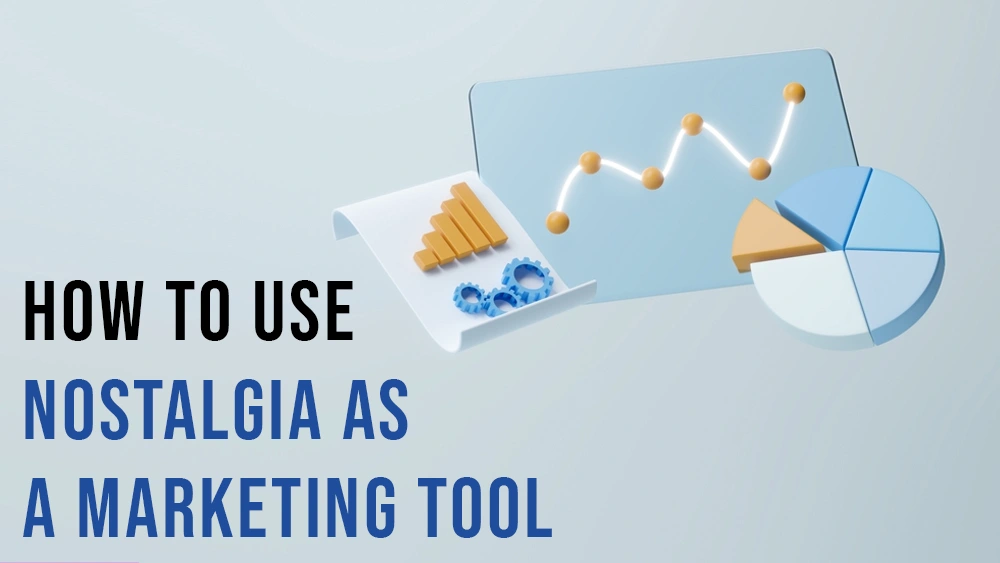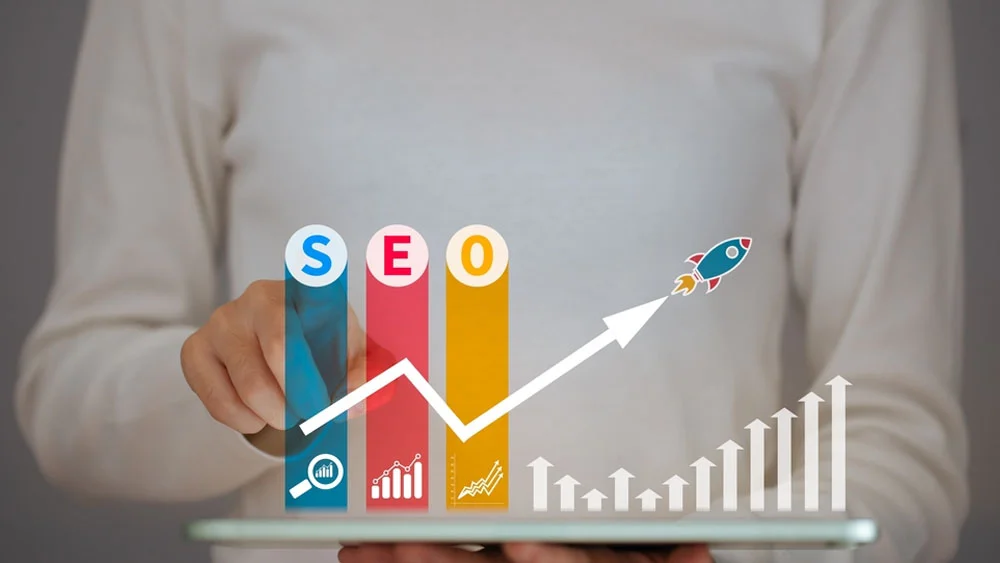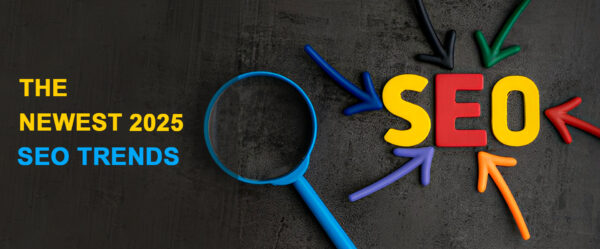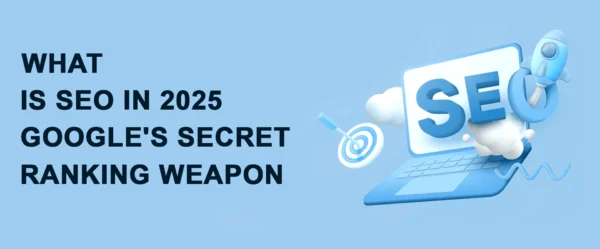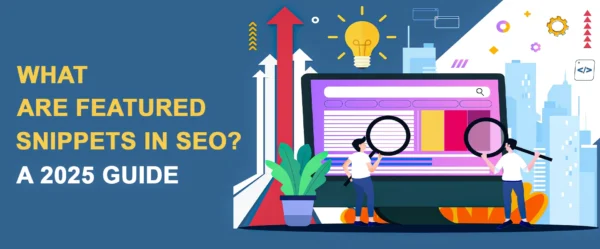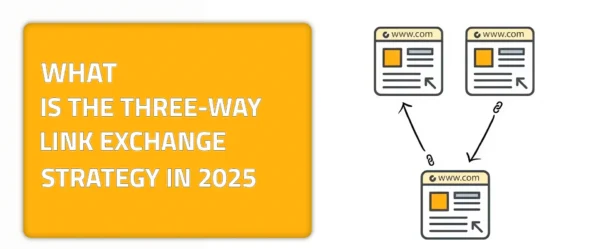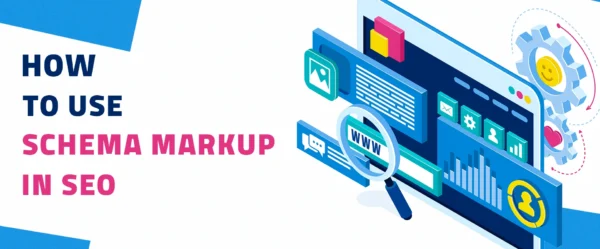Marketing strategies are all about, well, marketing. However, you need to strategize your marketing in a way that is new or one that your audience is introduced to the same brand of yours in various different ways. Why? In order to break the repetitive image that they have of your name. Constantly seeking innovative ways to capture your audience’s attention is something that any business owner should prioritize. One marketing strategy that I haven’t discussed with you on our blog is nostalgia marketing. This is a guide that is simply dedicated to letting you know how to use nostalgia as a marketing tool.
What does it mean to use nostalgia as a marketing tool, though? The way that this strategy or approach fits in with SEO is one that is fun to learn, I promise. This article explores whether nostalgia marketing can enhance today’s SEO efforts. We will delve into the psychology behind nostalgia, examine its influence on consumer behavior, and uncover practical strategies to seamlessly integrate nostalgic elements into your SEO toolkit. Through case studies and practical insights, we will uncover how nostalgia marketing can enhance user engagement, improve click-through rates, and ultimately elevate your brand’s online presence.
What is Nostalgia Marketing? A Quick Overview
Let me put it to you in simple terminology. Nostalgia marketing is a strategy that leverages the fond memories of the past to create an emotional connection with consumers. You know when you listen to a song in 2024 and it has that little 80’s vibe? That one that takes you to when you were young and makes you all nostalgic? This is the feeling that this strategy targets. Disney’s Inside Out 2 has given us a glimpse of a new feeling in Riley’s head that is called “Nostalgia.” I understand that this feeling may be felt more by adults. Maybe some children who associate home with a feeling as well. The thing is, nostalgia is for everyone. It is crucial that you understand how to use nostalgia as a marketing tool and leverage the power this marketing strategy gives you. You know this marketing strategy reminds me of the nostalgia I personally feel when I listen to Twenty One Pilots’ Stressed Out. This is one song that got popular as it stimulated our nostalgia and helped us remember and wish that we could go back in time to the good old days.
Examples of Brands Using Nostalgia Marketing
This is a strategy that stimulates the feeling of longing for something that someone used to have. Nostalgia marketing has been used by several companies before. Take Pepsi for an example. Crystal Pepsi was a clear cola introduced in 1992. Pepsi used nostalgia marketing by re-releasing it in limited runs, tapping into 1990s memories and evoking people’s curiosity and longing for this drink (for those who knew it).
This strategy leveraged the product’s retro appeal to engage fans and make them long for the feeling of having this non-caffeinated drink on a hot day. Another main nostalgia marketing that we all got to witness and experience in the past few years is Polaroids and Instax Cameras. The reason they became so popular among Gen Z is because they watched and saw their parents’ polaroids before them and were mesmerized by the vintage and “aesthetic” vibe that the pictures gave them.
One campaign was all about recreating your grandparents polaroids. This is a marketing campaign that relies on nostalgia marketing. To make you long for having such a memory recreated again. To relive the feelings of the past. This is what this strategy works on triggering. It is a successful marketing strategy that, when executed correctly, can elevate your product or brand name greatly.
Use Nostalgia as a Marketing Tool: How Does Nostalgia Affect Consumer Behaviour?
Nostalgia holds a unique power in shaping consumer behavior by tapping into emotional connections and memory recall. When brands evoke fond memories, they create a sense of familiarity and comfort, which can significantly influence purchasing decisions. The emotional resonance translates into increased trust and brand loyalty at some point. When consumers feel a nostalgic bond with a brand, they are more likely to view it positively and remain loyal.
This trust can also drive higher engagement and conversion rates. A study by Nielsen found that nostalgia-driven ads lead to a 10% higher engagement rate and a 15% increase in conversion rates compared to non-nostalgic counterparts. By leveraging nostalgic elements, brands can enhance their marketing strategies, fostering deeper connections that drive consumer action and long-term loyalty.
The Intersection of Nostalgia Marketing and SEO
Nostalgia marketing and SEO might seem like separate strategies, but when combined, they can significantly enhance your digital presence. Here’s how:
- Enhancing User Engagement Metrics: Nostalgic content resonates deeply with audiences by triggering positive emotional responses and memories. This connection can lead to longer time spent on your site. Additionally, it can lead to an increase in the number of interactions with your content. Which, as a result, will boost key engagement metrics like average session duration and pages per session.
- Improving Click-Through Rates (CTR): Nostalgia-driven headlines and visuals can capture attention and take the spotlight in search results. By appealing to readers’ fond memories, you’re more likely to entice clicks, resulting in higher CTR and improved visibility in search engine results pages (SERPs). Tip? Use words like throwback, vintage, retro, and longing.
- Boosting Content Shareability: Content that taps into nostalgia often strikes a chord with audiences. One that leaves a lasting print. Making it more likely to be shared across social media and other platforms. This increased shareability not only extends your content’s reach but also enhances its SEO value through backlinks and referral traffic.
Use Nostalgia as a Marketing Tool: Implementing This Marketing Strategy Efficiently
Implementing nostalgia in your SEO strategy involves more than just a spin in time and a journey to the past. It’s about strategically weaving nostalgia into your content and keywords. How can you create nostalgic content that your audience will say “awee” when seeing? Let me tell you. Start by crafting blog posts and articles that evoke memories from the past. Allow your audience to actually dive into the past. Allow them to stroll into familiar themes and references that they can connect with emotionally. Social media campaigns are another powerful tool; consider sharing retro visuals or nostalgic stories that engage users and spark conversations.
What about video content? Incorporating vintage-style elements or recreating classic commercials can captivate viewers and enhance brand recall. But it’s not just about the content itself—using nostalgic keywords is crucial for SEO. Integrate phrases and terms that evoke a sense of nostalgia to boost your content’s visibility. If you want a peek at that, scroll up and you’ll find a little tip from me to you regarding these keywords in the paragraph above.
Finally, don’t forget to leverage past brand elements, such as old logos or taglines. Maybe even the washed-up poster of an old campaign that your brand had. Some colors or graphics. Anything to take your audience back. That is, to strengthen your connection with both long-time fans and new visitors. By blending these strategies, you can create a compelling, memory-evoking SEO approach that drives engagement and boosts your online presence.
Challenges of Nostalgia Marketing Strategy Implementation
While nostalgia marketing can be a powerful tool, it’s essential to navigate its potential challenges with care. One major challenge you’ll find yourself facing is balancing nostalgia with relevance. While tapping into the past can resonate deeply with audiences, it’s crucial that these nostalgic elements align with current trends and interests. Overuse of nostalgia can give you somewhat a negative outcome. What starts as a charming gesture referencing the past can quickly become boring if not managed thoughtfully. Authenticity is key; your nostalgic content should feel genuine rather than a forced attempt to evoke sentimentality.
Additionally, different target audiences will respond to nostalgia in ways that vary. What could feel nostalgic for millennials might not have the same impact on Gen Z, Alpha, or even baby boomers. Adapting your nostalgia-driven strategies to fit the preferences and values of your specific audience ensures your efforts feel relevant and engaging. By carefully balancing these elements, avoiding overuse, and tailoring your approach, you can harness the full potential of nostalgia marketing while keeping your strategy fresh, authentic, and compelling.
To Conclude This
Incorporating nostalgia marketing into your SEO strategy offers a unique opportunity to connect with your audience on a deeper, more emotional level. It also allows you to put some kind of variety in your classic marketing campaigns. By triggering positive past experiences and fond memories, brands can have the increased engagement they’re wishing for. Additionally, they can build trust and enhance user loyalty. However, it’s crucial to strike the right balance between nostalgic appeal and contemporary relevance, avoid overuse, and tailor your approach to different audience segments to ensure authenticity and effectiveness.
As you explore how nostalgia can enrich your SEO efforts, consider enhancing your link-building strategy to amplify your reach and authority. At linkexchange.ai, we offer innovative solutions to help you achieve your SEO goals through strategic link exchange, guest posts, and high-quality link insertions. Explore how our services can complement your nostalgia-driven marketing campaigns and boost your online presence.


